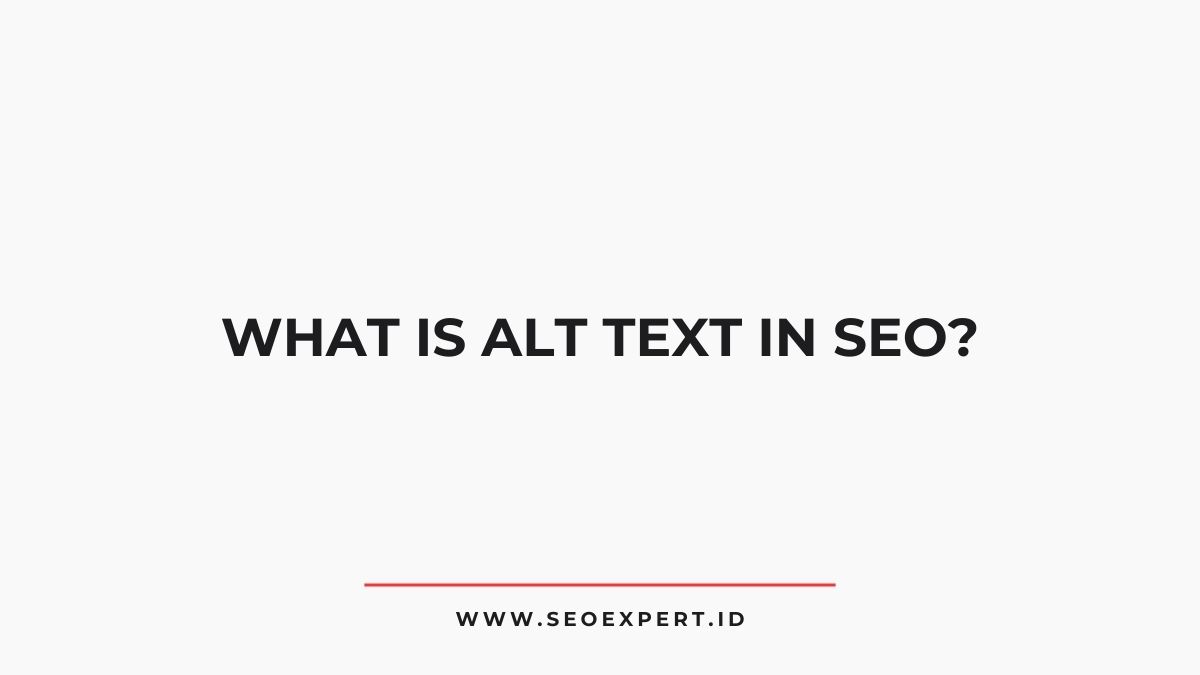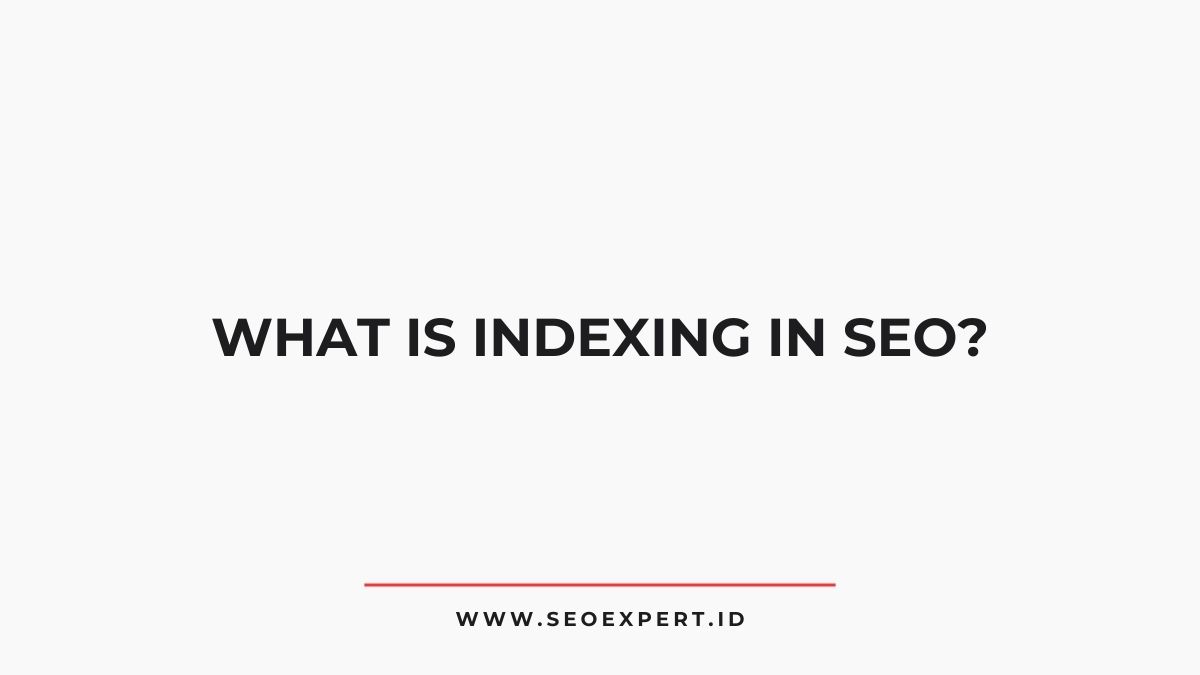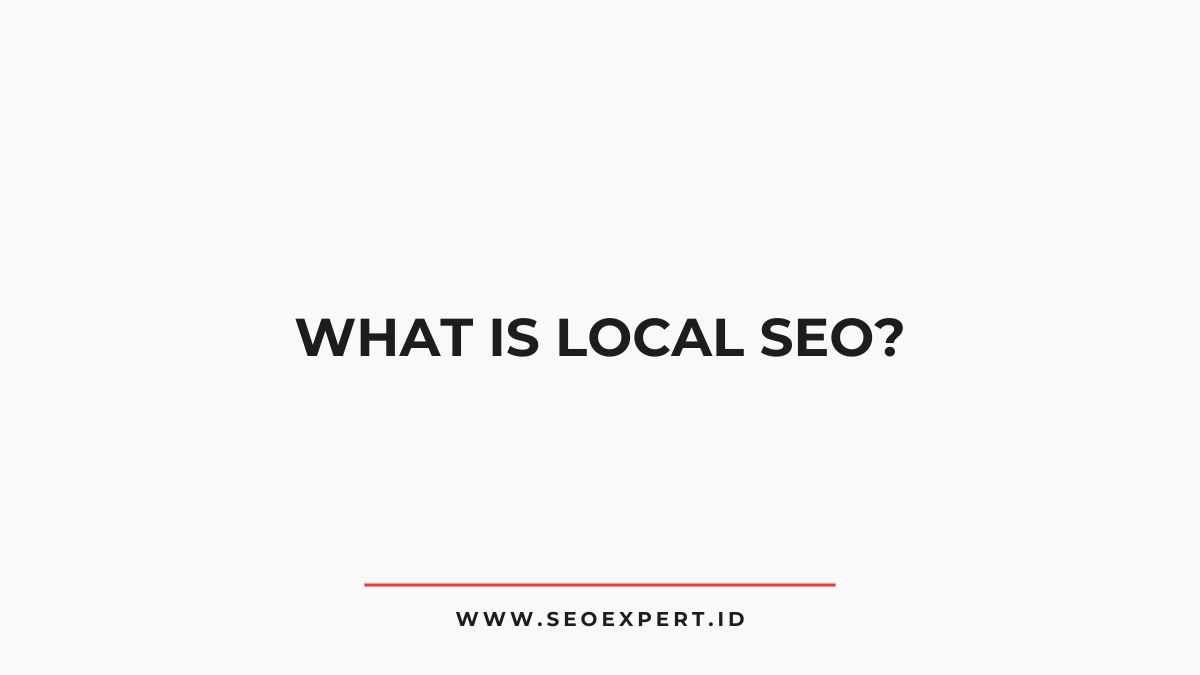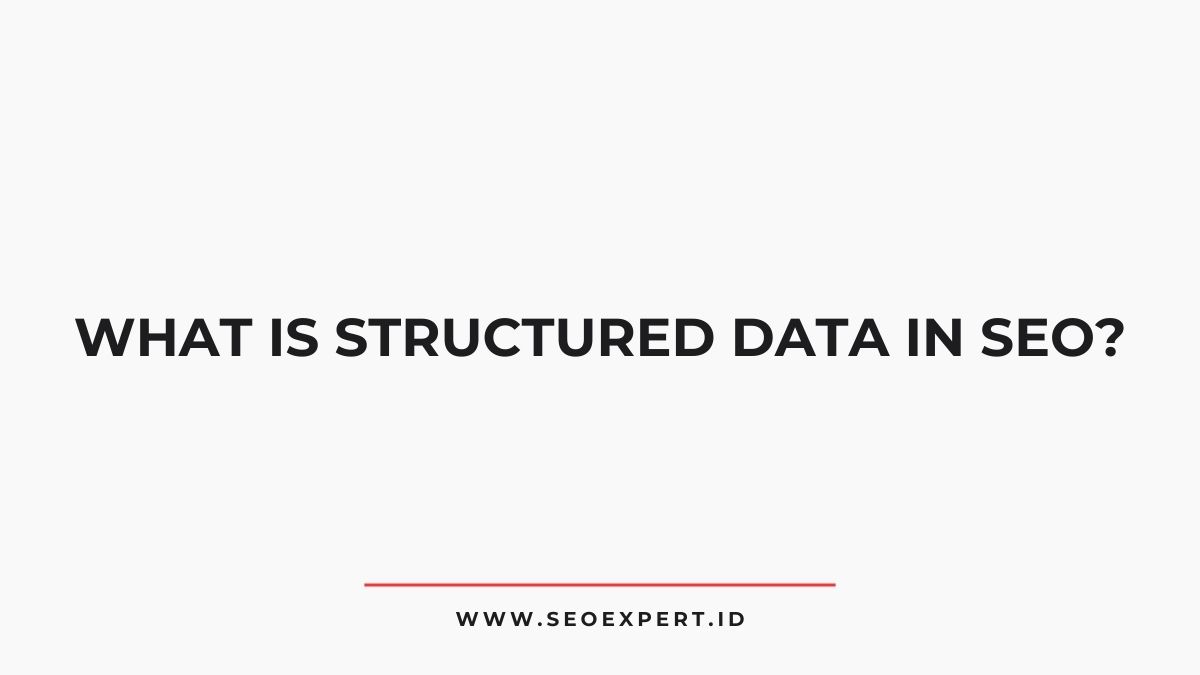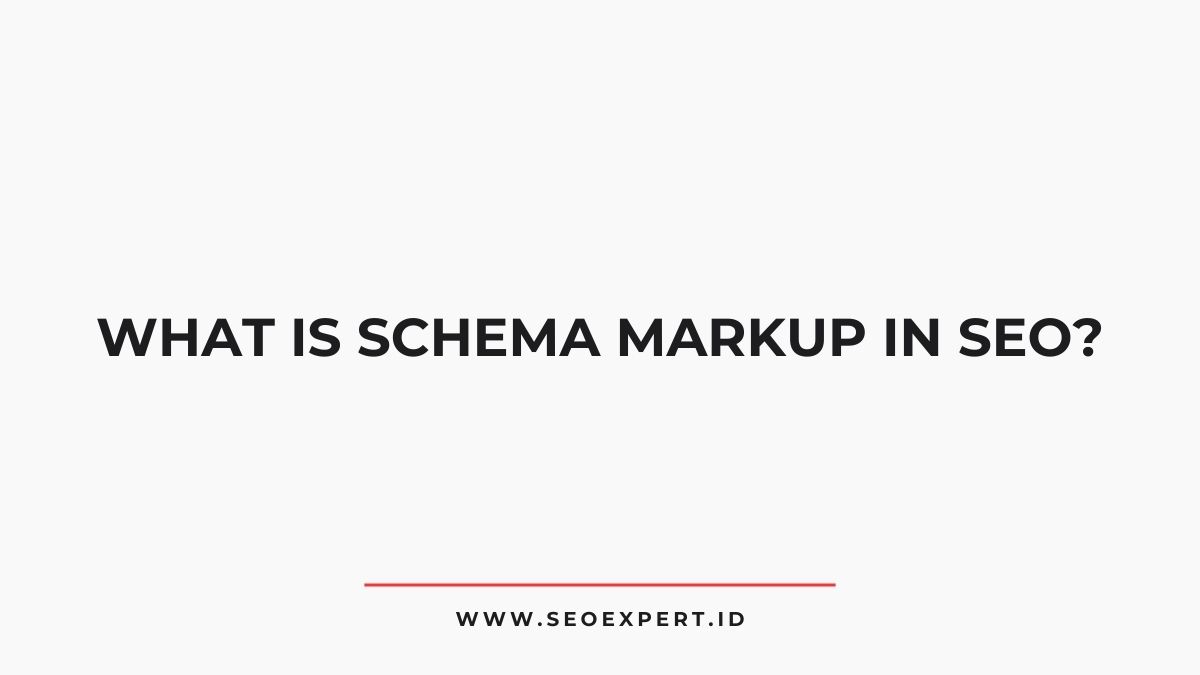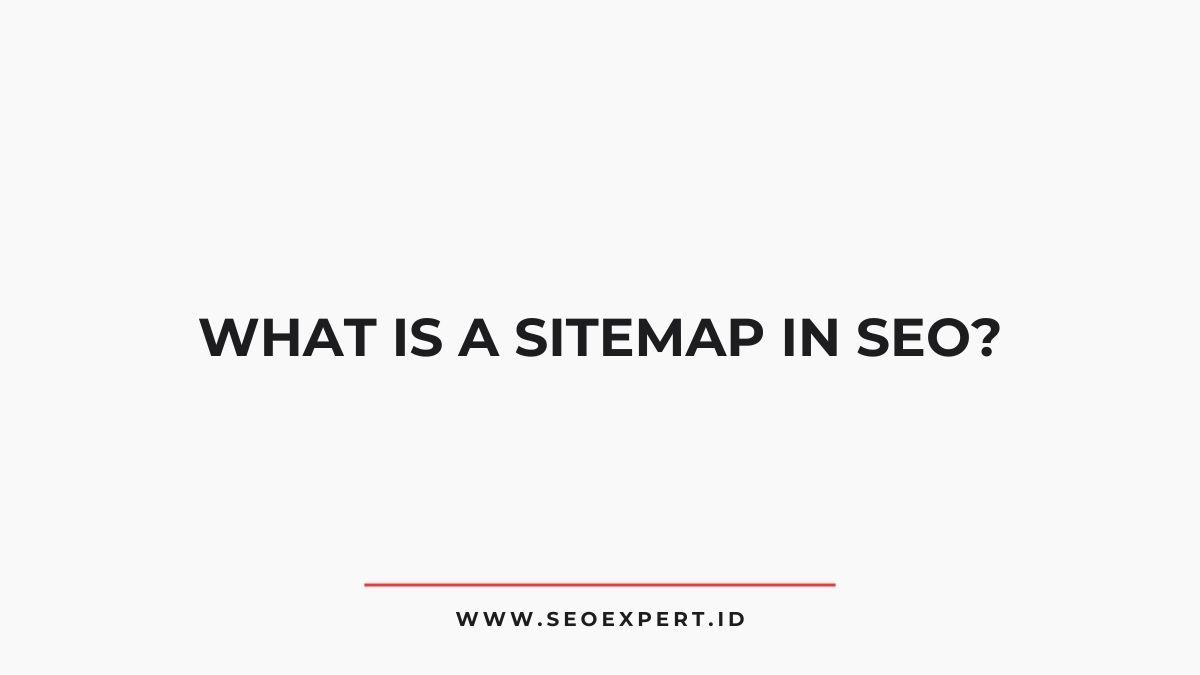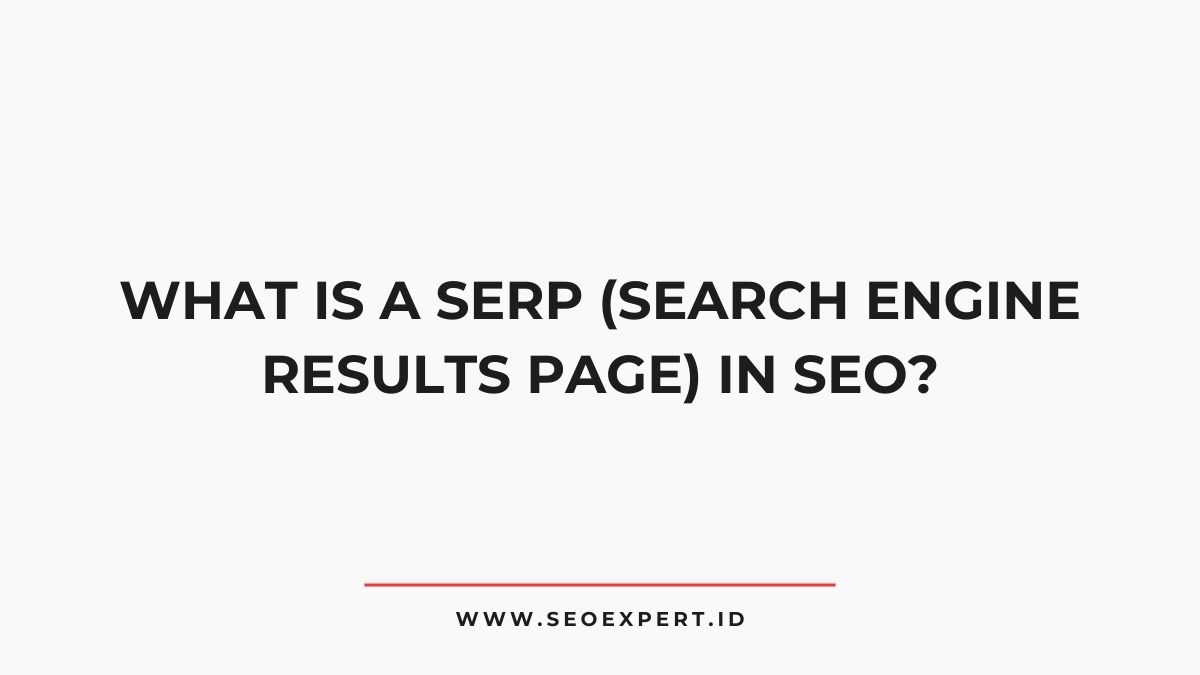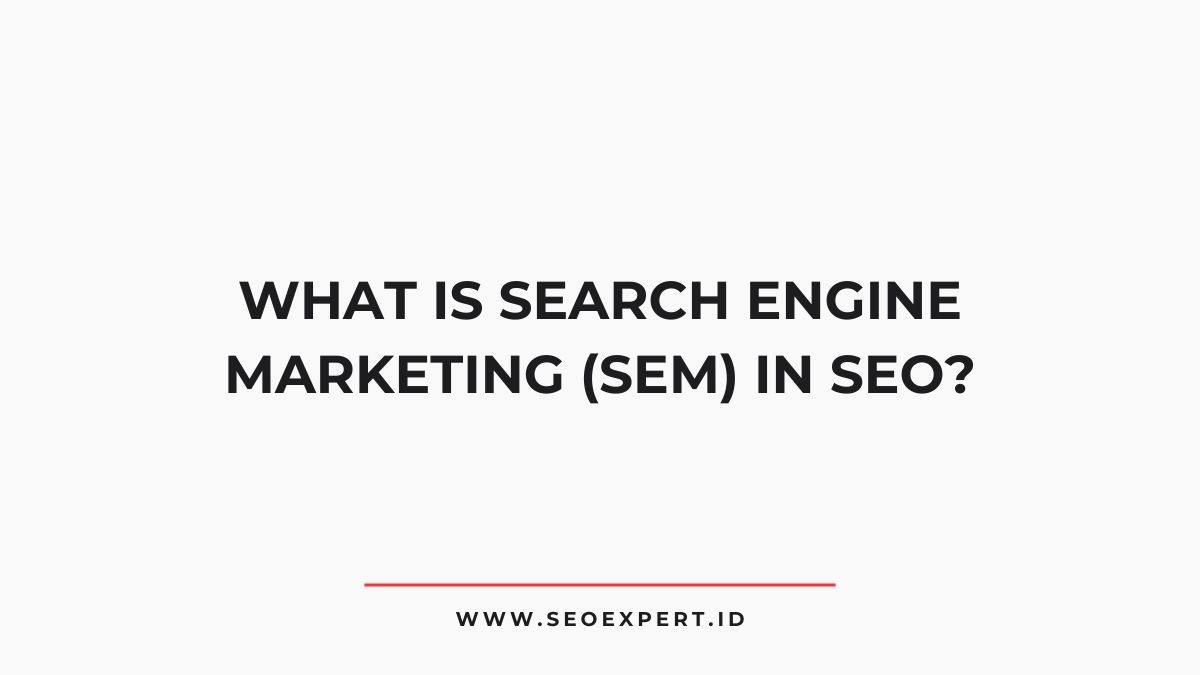What Is Alt Text in SEO? – Alt text is an HTML attribute that provides descriptive text for images on webpages.
Udemy
Whether you're just starting out or want to keep up on the latest SEO techniques, Udemy can help be the SEO Expert in no time.
It serves dual purposes in SEO: helping search engines understand and properly index visual content while improving accessibility for visually impaired users.
Effective alt text incorporates relevant keywords naturally within accurate image descriptions, enhancing ranking potential in both standard and image search results.
Proper implementation bridges the gap between visual assets and search algorithms, offering advantages that extend beyond simple image identification.
TL;DR
Hide- Alt text is an HTML attribute that provides descriptive text for images, making content accessible to screen readers and search engines.
- Alt text helps search algorithms understand image context through relevant keywords, improving ranking potential in search results.
- Effective alt text should be detailed, accurate, include relevant keywords naturally, and remain under 125 characters.
- Unlike title tags which appear on hover, alt text is primarily for accessibility and has significant SEO impact.
- Properly implemented alt text contributes to overall webpage relevance, enhances searchability, and creates an inclusive user experience.
Alt Text Definition and Core SEO Benefits
Alternative text, commonly known as alt text, is an HTML attribute that provides a textual description of an image on a webpage.
This description appears when an image fails to load and serves as an important accessibility feature for visually impaired users who rely on screen readers to navigate websites.
From an SEO perspective, alt text delivers multiple benefits. Search engines cannot “see” images but can read the alt text, allowing them to index visual content properly.
Alt text bridges the gap between visual content and search algorithms, enabling engines to understand and index what they cannot see.
Strategically crafted alt text containing relevant keywords helps search algorithms understand image context and improves ranking potential. Additionally, descriptive alt text contributes to topical relevance signals for the entire page.
Well-implemented alt text creates a more inclusive user experience while simultaneously boosting searchability—a dual benefit that makes it an essential element of extensive SEO strategy.
How Search Engines Use Alt Text for Image Indexing
Search engines crawl and process alt text as a primary signal when indexing images across the web. When bots encounter an image file, they cannot visually interpret the content, making alt text essential for understanding what the image depicts.
Google’s algorithms analyze alt text to categorize images properly in their image index. This text helps search engines determine relevance to specific queries and improves the likelihood of images appearing in both standard search results and image-specific searches.
Alt text also provides context about the relationship between images and surrounding content. Search engines evaluate whether these descriptions match the page’s topic and can detect keyword stuffing or irrelevant descriptions.
Well-crafted alt text that accurately describes image content while incorporating relevant keywords naturally receives preferential treatment in the indexing process.
Writing Effective Alt Text: Best Practices and Examples
Crafting effective alt text requires balancing descriptive accuracy with SEO optimization.
Technical implementation involves concise descriptions that capture both image content and contextual relevance while incorporating appropriate keywords naturally.
Proper formatting guarantees accessibility compliance while maximizing search visibility.
- Specificity: Use detailed, accurate descriptions (e.g., “Red mountain bike with carbon frame on forest trail” rather than simply “Bicycle”) to provide clear context for visually impaired users.
- Keyword Integration: Incorporate relevant keywords organically without keyword stuffing (e.g., “Woman using ergonomic standing desk” rather than “best standing desk office furniture sale”).
- Length Optimization: Maintain brevity (125 characters maximum) while guaranteeing completeness—neither cryptically short nor unnecessarily verbose descriptions serve users effectively.
Well-crafted alt text serves both accessibility requirements and search engine algorithms while protecting websites from potential compliance issues.
Alt Text vs. Image Title Tags: Understanding the Difference
While alt text and image title tags both serve SEO purposes, they function differently in HTML markup.
Alt text provides accessibility for screen readers and displays when images fail to load, serving as a critical element for impaired users.
Image title tags, by contrast, create tooltip text visible only when users hover over an image, offering supplementary information rather than essential accessibility content.
Distinct Coding Functions
How exactly do alt text and image title tags differ in their fundamental coding functions?
These HTML attributes serve distinct purposes within a website’s technical structure.
Alt text is implemented using the alt=”” attribute inside an img tag and provides essential context when images cannot be displayed. Title tags, coded as title=””, offer supplementary information that appears on hover.
Their technical distinctions include:
- Alt text is read aloud by screen readers for visually impaired users, ensuring critical accessibility compliance with WCAG standards.
- Image title tags only display when a user hovers their cursor over an image, providing secondary information not essential for accessibility.
- Search engine crawlers primarily index alt text for image context, while title tags have minimal SEO impact in image ranking algorithms.
Visibility vs. Accessibility
The fundamental distinction between alt text and image title tags lies in their visibility and accessibility functions.
Alt text remains invisible to standard users but becomes essential for screen readers and appears when images fail to load, serving primarily as an accessibility feature for visually impaired users.
Image title tags, conversely, provide supplementary information visible when users hover over images. While both elements enhance user experience, their SEO implications differ markedly.
Alt text carries greater weight in search algorithms because it directly addresses accessibility requirements mandated by WCAG guidelines.
For ideal SEO implementation, webmasters should guarantee alt text accurately describes image content while incorporating relevant keywords naturally.
Meanwhile, title tags can include additional context without duplicating alt text information, creating complementary but distinct metadata layers that serve both human users and search engine crawlers.
Common Alt Text Mistakes That Hurt Your SEO Performance
Despite the importance of alt text in SEO, many website owners and content creators make critical mistakes that diminish its effectiveness.
These errors can greatly impact search engine rankings and website accessibility, ultimately reducing organic traffic potential.
- Keyword stuffing – Overloading alt text with keywords creates unnatural descriptions that trigger search engine penalties and fails to assist visually impaired users.
- Missing alt attributes – Leaving images without any alt text creates accessibility barriers and prevents search engines from understanding image content, resulting in lost ranking opportunities.
- Generic descriptions – Using vague terms like “image,” “picture,” or “photo” provides no contextual value to users or search engines, rendering the alt attribute fundamentally ineffective.
Alt Text Optimization for E-commerce Product Images
E-commerce websites face unique challenges when implementing alt text for product images, directly affecting both conversion rates and search visibility.
Optimized alt text should include specific product details such as brand name, model number, color, and size while maintaining a natural, non-spammy structure.
For catalog pages with multiple similar products, merchants should avoid template-based alt descriptions and instead create unique text for each image.
Including relevant keywords that match search intent can greatly improve product discoverability while supporting screen reader functionality.
Best practices include:
- Keeping descriptions under 125 characters
- Incorporating primary product keywords near the beginning
- Including key product specifications
- Avoiding keyword stuffing
- Using consistent naming conventions across the product catalog
Regular auditing of product alt text guarantees compliance with accessibility standards while maximizing SEO benefits.
Measuring the SEO Impact of Well-Crafted Alt Text
Measuring the SEO impact of alt text requires systematic traffic attribution methods that isolate image-driven visits from other ranking factors.
Search engines provide limited direct insight into how specific alt text modifications affect rank position changes, necessitating controlled A/B testing across similar pages.
Analytics platforms can track image search traffic separately, enabling SEO practitioners to correlate alt text improvements with quantifiable performance metrics.
Traffic Attribution Methods
Proper attribution remains a significant challenge when evaluating the SEO impact of alt text improvements.
Standard analytics platforms often fail to isolate the specific contribution of image alt text to overall traffic metrics.
Specialists typically employ three primary attribution methodologies to address this limitation:
- Controlled A/B testing – implementing varied alt text strategies across similar pages while maintaining other SEO elements constant
- Image search traffic segmentation – isolating visitors who arrive specifically through image search results to measure alt text effectiveness
- Temporal correlation analysis – tracking changes in rankings and traffic patterns following systematic alt text optimization campaigns
These attribution methods help SEO professionals quantify the return on investment for alt text optimization efforts, providing evidence-based justification for continued resource allocation to this often overlooked aspect of technical SEO.
Rank Position Changes
While attribution methods offer valuable frameworks for analysis, the most direct evidence of alt text optimization success appears in rank position changes.
Tracking keyword rankings before and after implementing alt text improvements provides quantifiable metrics for SEO effectiveness.
Organizations should monitor position movements for targeted image-related queries, especially those with high commercial intent.
Search console data can reveal incremental improvements in image search visibility, often demonstrated through increased impressions and click-through rates.
Well-optimized alt text typically produces measurable ranking improvements within 4-12 weeks, depending on site crawl frequency and competitive landscape.
Position changes of 3-5 places represent significant progress in most verticals.
For thorough assessment, compare rank improvements against control groups of unmodified images to isolate alt text impacts from other SEO variables like site speed improvements or content updates.
Mobile SEO and Alt Text: Why It Matters More Than Ever
As mobile devices have become the primary means of internet access for most users, the importance of alt text in mobile SEO has grown exponentially.
Mobile optimization relies heavily on proper alt text implementation due to bandwidth constraints, variable network conditions, and smaller screen sizes where images may not display properly.
Alt text is no longer optional—it’s essential for effective mobile SEO in today’s smartphone-dominated digital landscape.
Critical considerations for mobile SEO alt text implementation include:
- Loading speed concerns – alt text provides context when images are slow to load, preventing user abandonment on poor connections.
- Voice search optimization – mobile users increasingly rely on voice search which uses alt text to understand image content.
- Accessibility compliance – mobile accessibility guidelines are becoming more stringent, with potential legal implications for non-compliance.
Mobile-first indexing by Google means that websites with properly implemented alt text have a distinct advantage in search rankings across all platforms.
Wrapping Up
Alt text functions as a critical bridge between visual content and search algorithms, illuminating images within the digital landscape.
When properly implemented, these concise descriptors enable search engines to accurately index visual assets, enhancing both accessibility and ranking potential.
As mobile optimization demands continue to intensify, meticulously crafted alt text shifts from a technical requirement to a strategic asset in the evolving SEO ecosystem.
